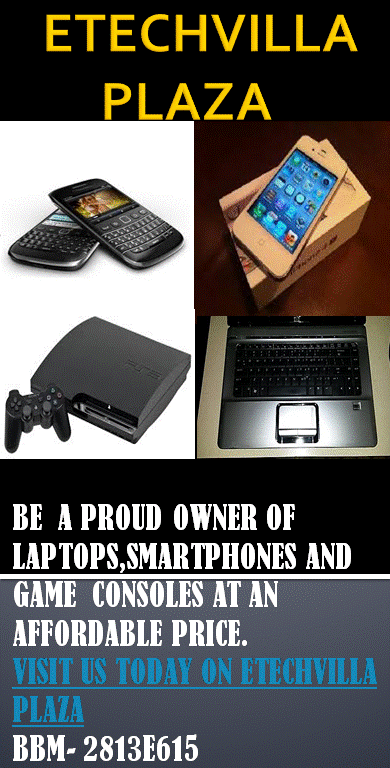Scientists at cornell university led by associate professor of
bio-medical engineering Lawrence Bonassari and associate professor of
plastic surgery Dr. Jason Spector made use of 3D Printer and cartilage
cells to create artificial ears.
This was made possible by creating a 3D digital model of a 5 year-old
girls fully developed ear, then the use of a 3D printer to build a
mold based on that model.
Collagen which was gotten from rat tails was combined with cartilage
cells gathered from cow's ears to form a hydrogel, this combination
was then injected into the mold. The collagen served as a scafolding
upon which the cartilage cells could settle and grow.
Associate professor Lawrence Bonassari stated that "It takes half a
day to design the mold, a day or so to print it, 30 minutes to inject
the gel and we can remove the far 15 minutes later. We trim the ear
and then let it culture for several days go nourishing cell culture
media before it is implanted. After 3 months of being implanted under
the back skin of lab rats, nearly grown cartilage had largely the
collagen in the ears.
This innovation might be used to give hope to the children born with
microtia- "it is an under-developed external ear(pinna) that occurs
when the inner ear seems to be normal but the external structure of
the ear is absent and this could affect the hearing abilities and
makes it look unusual. Normally, a replacement pinna is made from a
foam-like material (or sometimes even cartilage from the rib-cage)
and implanted under the skin, although these don't always look
natural." it could also be used in cases of of people who has lost
part or all of their pinnas due to diseases or accident.
Scientists wants to establish a process of growing them using human
cartilage cells- the recipients own cells is said to work best to
avoid the chances of rejection.
According to Dr. JASON SPECTOR he said the first implant of such may
be possible within three years.
Technology is fast rising and progressing and i see greater things
upcoming. Do you think this bioengineer ear would be affordable and
available to those who needs it and also would have no side effects to
users?
Culled from www.news.cornell.edu/stories/Feb13/earPrint.html
mobstac badge
Blog Archive
-
►
2016
(2)
- ► 07/10 - 07/17 (1)
- ► 07/03 - 07/10 (1)
-
►
2014
(8)
- ► 04/13 - 04/20 (1)
- ► 03/09 - 03/16 (1)
- ► 03/02 - 03/09 (2)
- ► 02/02 - 02/09 (1)
- ► 01/26 - 02/02 (2)
- ► 01/19 - 01/26 (1)
-
▼
2013
(93)
- ► 11/24 - 12/01 (1)
- ► 10/27 - 11/03 (4)
- ► 10/20 - 10/27 (1)
- ► 10/13 - 10/20 (1)
- ► 10/06 - 10/13 (1)
- ► 09/29 - 10/06 (2)
- ► 09/22 - 09/29 (3)
- ► 09/01 - 09/08 (1)
- ► 08/25 - 09/01 (1)
- ► 08/18 - 08/25 (2)
- ► 08/11 - 08/18 (2)
- ► 08/04 - 08/11 (2)
- ► 07/14 - 07/21 (1)
- ► 07/07 - 07/14 (1)
- ► 06/30 - 07/07 (1)
- ► 06/23 - 06/30 (2)
- ► 06/16 - 06/23 (5)
- ► 06/09 - 06/16 (4)
- ► 06/02 - 06/09 (3)
- ► 05/26 - 06/02 (2)
- ► 05/19 - 05/26 (2)
- ► 05/12 - 05/19 (3)
- ► 05/05 - 05/12 (3)
- ► 04/28 - 05/05 (1)
- ► 04/14 - 04/21 (1)
- ► 04/07 - 04/14 (1)
- ► 03/31 - 04/07 (5)
- ► 03/24 - 03/31 (4)
- ► 03/17 - 03/24 (4)
- ► 03/10 - 03/17 (6)
- ► 03/03 - 03/10 (1)
- ▼ 02/24 - 03/03 (2)
- ► 02/17 - 02/24 (1)
- ► 02/10 - 02/17 (5)
- ► 02/03 - 02/10 (2)
- ► 01/27 - 02/03 (4)
- ► 01/20 - 01/27 (5)
- ► 01/13 - 01/20 (2)
- ► 01/06 - 01/13 (1)
-
►
2012
(77)
- ► 12/30 - 01/06 (1)
- ► 12/23 - 12/30 (2)
- ► 12/16 - 12/23 (1)
- ► 12/09 - 12/16 (3)
- ► 12/02 - 12/09 (2)
- ► 11/18 - 11/25 (2)
- ► 11/11 - 11/18 (3)
- ► 10/07 - 10/14 (1)
- ► 09/23 - 09/30 (1)
- ► 09/16 - 09/23 (1)
- ► 09/09 - 09/16 (2)
- ► 08/12 - 08/19 (2)
- ► 08/05 - 08/12 (1)
- ► 07/29 - 08/05 (9)
- ► 07/15 - 07/22 (2)
- ► 07/01 - 07/08 (1)
- ► 06/17 - 06/24 (3)
- ► 05/27 - 06/03 (7)
- ► 05/20 - 05/27 (4)
- ► 04/29 - 05/06 (2)
- ► 04/22 - 04/29 (1)
- ► 04/01 - 04/08 (2)
- ► 03/25 - 04/01 (3)
- ► 03/11 - 03/18 (5)
- ► 02/12 - 02/19 (4)
- ► 01/29 - 02/05 (1)
- ► 01/22 - 01/29 (6)
- ► 01/15 - 01/22 (4)
- ► 01/08 - 01/15 (1)
-
►
2011
(15)
- ► 12/18 - 12/25 (2)
- ► 12/11 - 12/18 (6)
- ► 12/04 - 12/11 (2)
- ► 07/31 - 08/07 (4)
- ► 02/27 - 03/06 (1)













0 comments:
Post a Comment